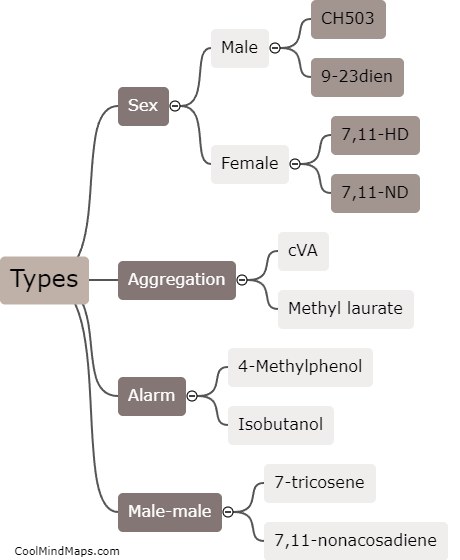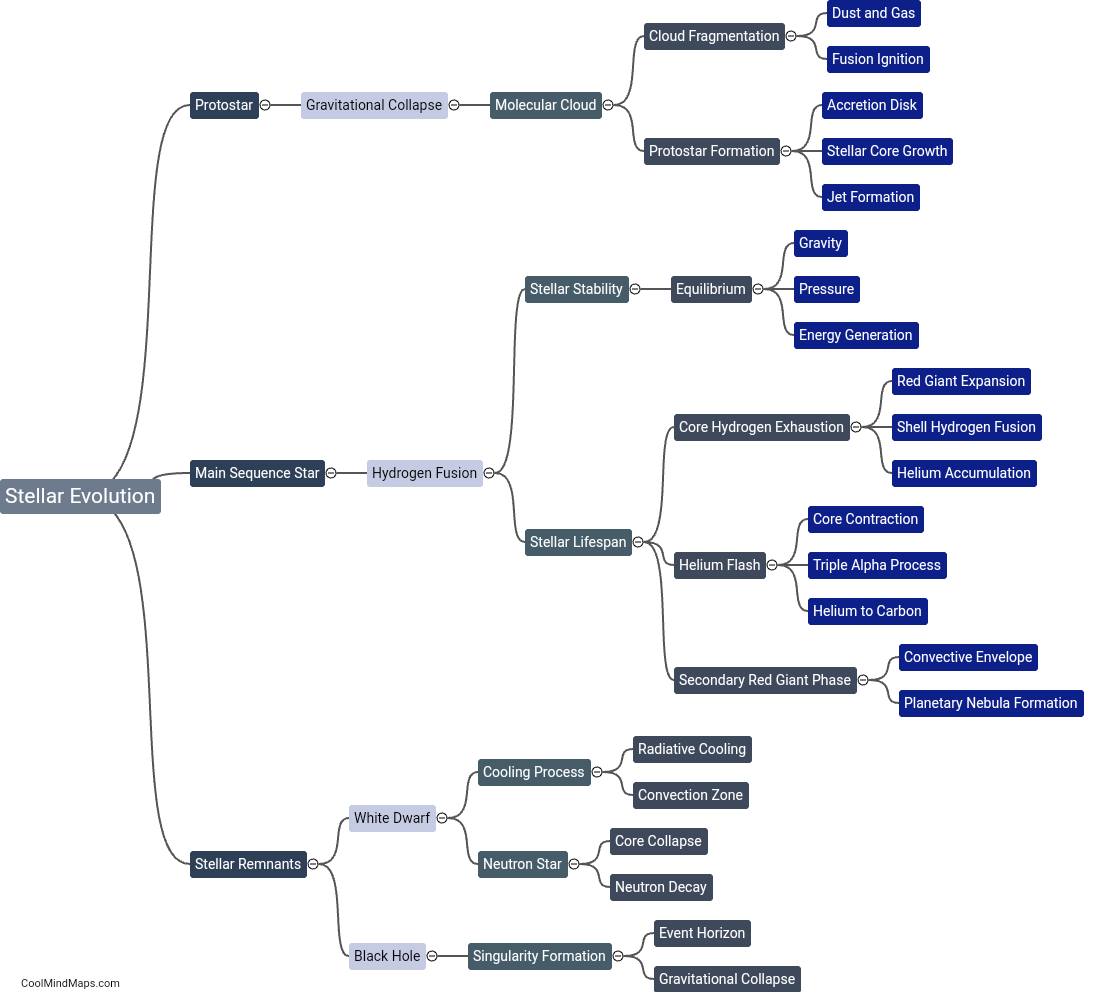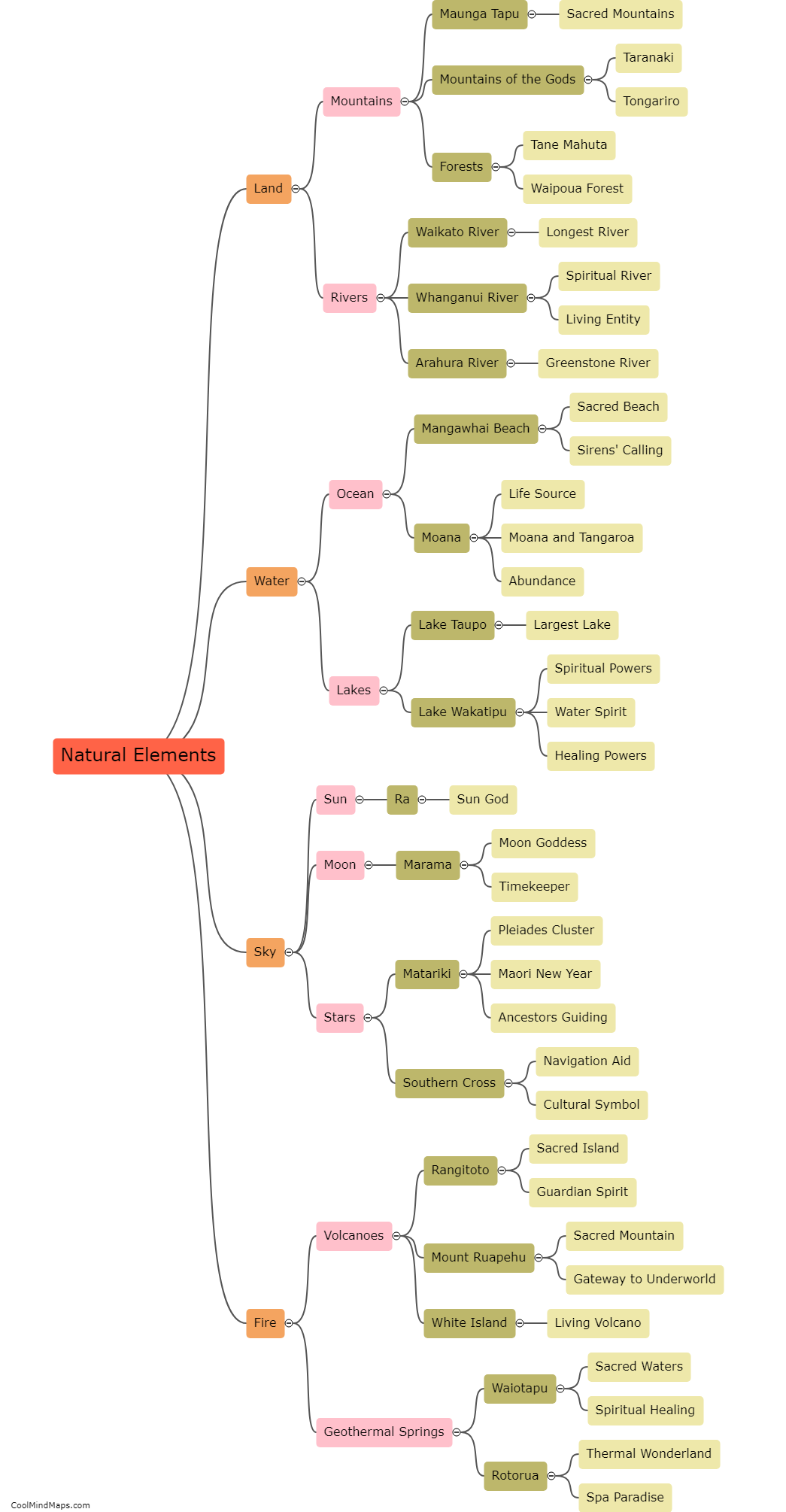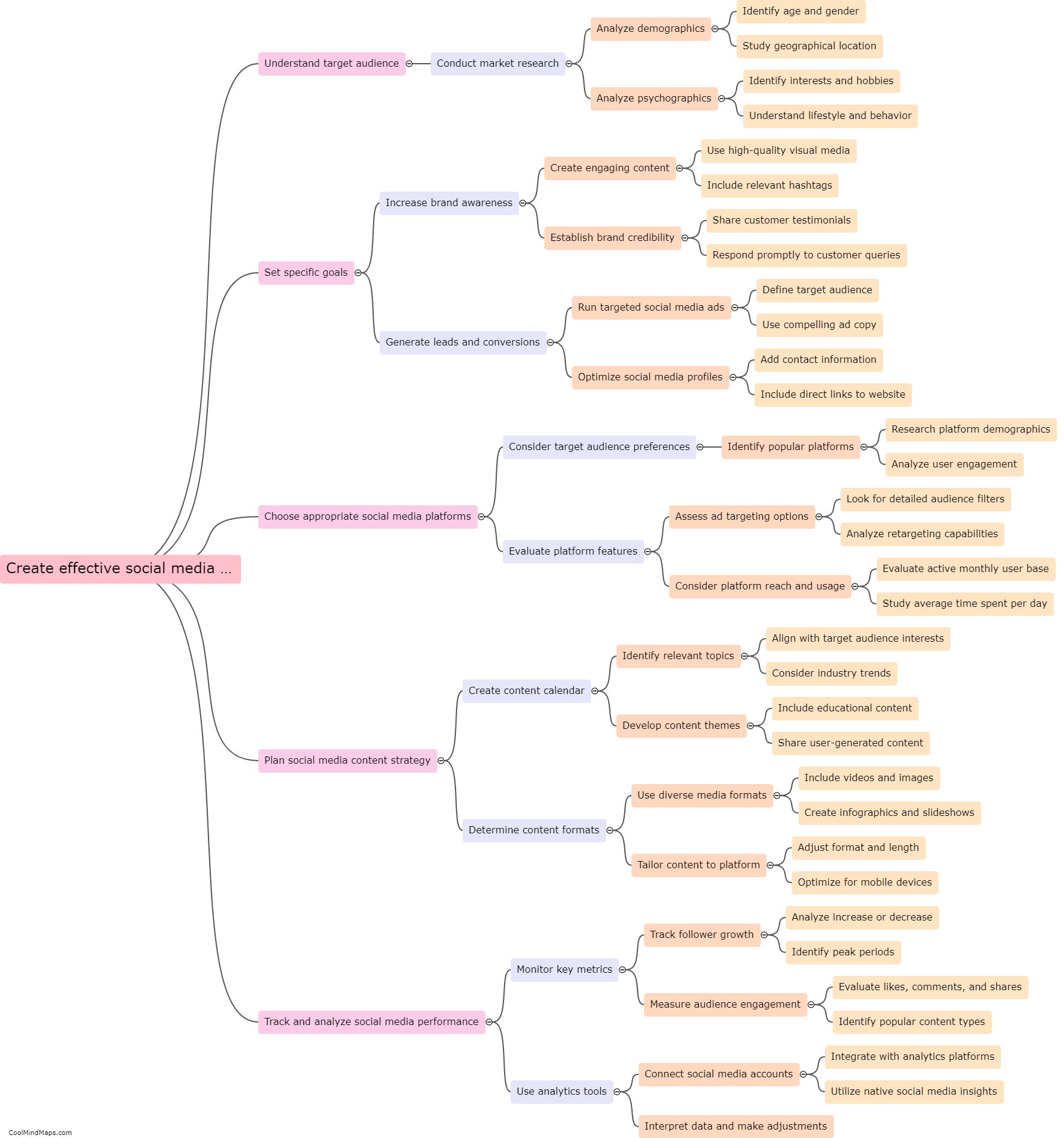What is a 4-tier architecture in a distributed processing system?
A 4-tier architecture in a distributed processing system refers to a structure that divides the system into four distinct layers or tiers, each responsible for handling specific tasks and functionalities. The first tier, known as the presentation layer, is responsible for the user interface and the interaction between the user and the system. The second tier, called the application layer, handles the business logic and processing of data. The third tier, referred to as the data layer, is responsible for managing and storing the data used by the application layer. Finally, the fourth tier, known as the communication layer, handles the communication and exchange of data between different components of the system. This architecture allows for a clear separation of concerns, enabling better scalability, flexibility, and maintainability of the distributed processing system.
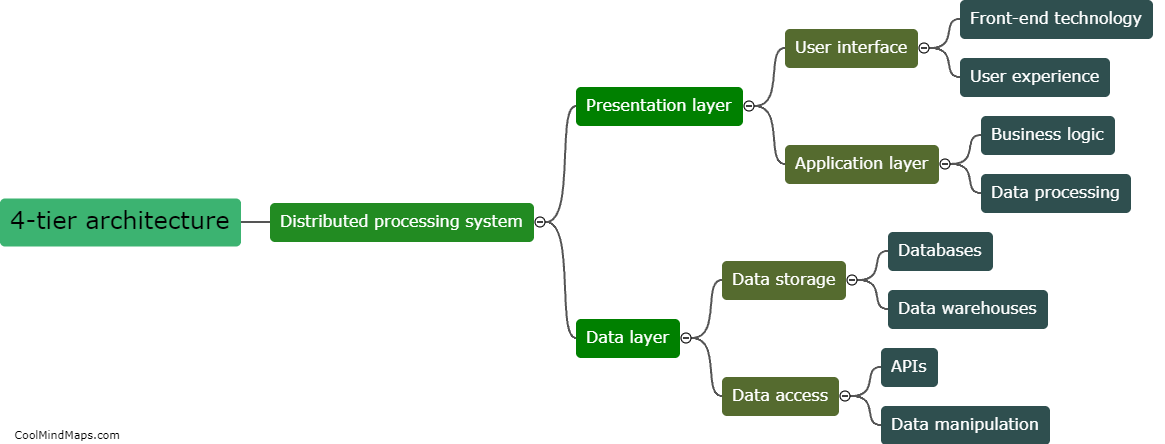
This mind map was published on 23 January 2024 and has been viewed 156 times.

